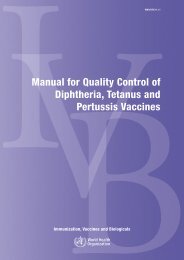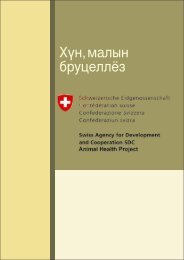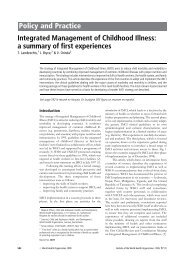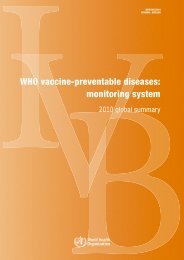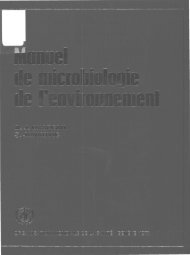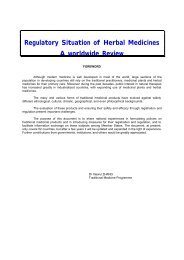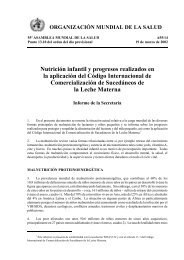IPDE - Extranet Systems - World Health Organization
IPDE - Extranet Systems - World Health Organization
IPDE - Extranet Systems - World Health Organization
Create successful ePaper yourself
Turn your PDF publications into a flip-book with our unique Google optimized e-Paper software.
11 Review of diagnostic instruments<br />
Personality Disorder Interviews<br />
Diagnostic lntewiew for Borderlines (DIE)<br />
In the years immediately preceding the appearance of DSM-111,<br />
Gunderson and his colleagues developed an interview for the diagnosis<br />
of borderline personality disorder? The DIB was based on criteria quite<br />
similar to those ultimately adopted by the DSM-111. In its revised form<br />
(DELR)~ it consists of 186 questions divided into four sections: afFect.<br />
cognition, impulse action patterns, and interpersonal relationships. The<br />
information obtained fmm the questions is used to rate 22 statements<br />
that describe important features of borderline personality disorder. The<br />
scores are then algorithmically scaled to yield a total score of 0 to 10,<br />
with a recommended cutoff score of 8 required for the diagnosis.<br />
Typically, the interview takes between 45 minutes and 1 hour to complete.<br />
In the 1980s the original DIB was used in a large number of<br />
research investigations of borderline disorder. There is now a considerable<br />
literature and, not surprisingly, it shows varying agreement with<br />
clinical and other methods of diagnosing borderline disorder.<br />
Structured Interview for DSM-Ill-R Personality Disorders (SIDP-RJ<br />
The revised form of the SIDP-R, developed by Pfohl and colleagues at<br />
the University of Iowa, is organized into 17 topically oriented sections,<br />
each containing about 10 questions.' At the end of every section there is<br />
a list of those DSM-111-R criteria that are to be rated as: not present (0).<br />
moderately present (l), or severely present (2). on the basis of the suhject's<br />
responses to the questions in the section. Brief descriptors serve as<br />
anchors in rating, and a score of either 1 or 2 is considered evidence that<br />
the criterion has been met. At the end of the interview there is a summary<br />
rating form with the criteria listed by PD. The interview usually takes<br />
between one and a half and two hours.<br />
When feasible the interviewer is expected to use information fmm<br />
other sources, including an informant interview based on some of the<br />
same questions. The authors have reported poor agreement between<br />
patient and informant regarding whether or not a PD is present<br />
(kap~a=.13).~ Other than the judgement of the interviewer. there are no<br />
specific guidelines for dealing with such conflicting information.<br />
Published data on interrater agreement in scoring the original version of<br />
the SDP indicate that, in general, the reliability is quite satisfactory and<br />
comparable to that obtained with similar interviews?




